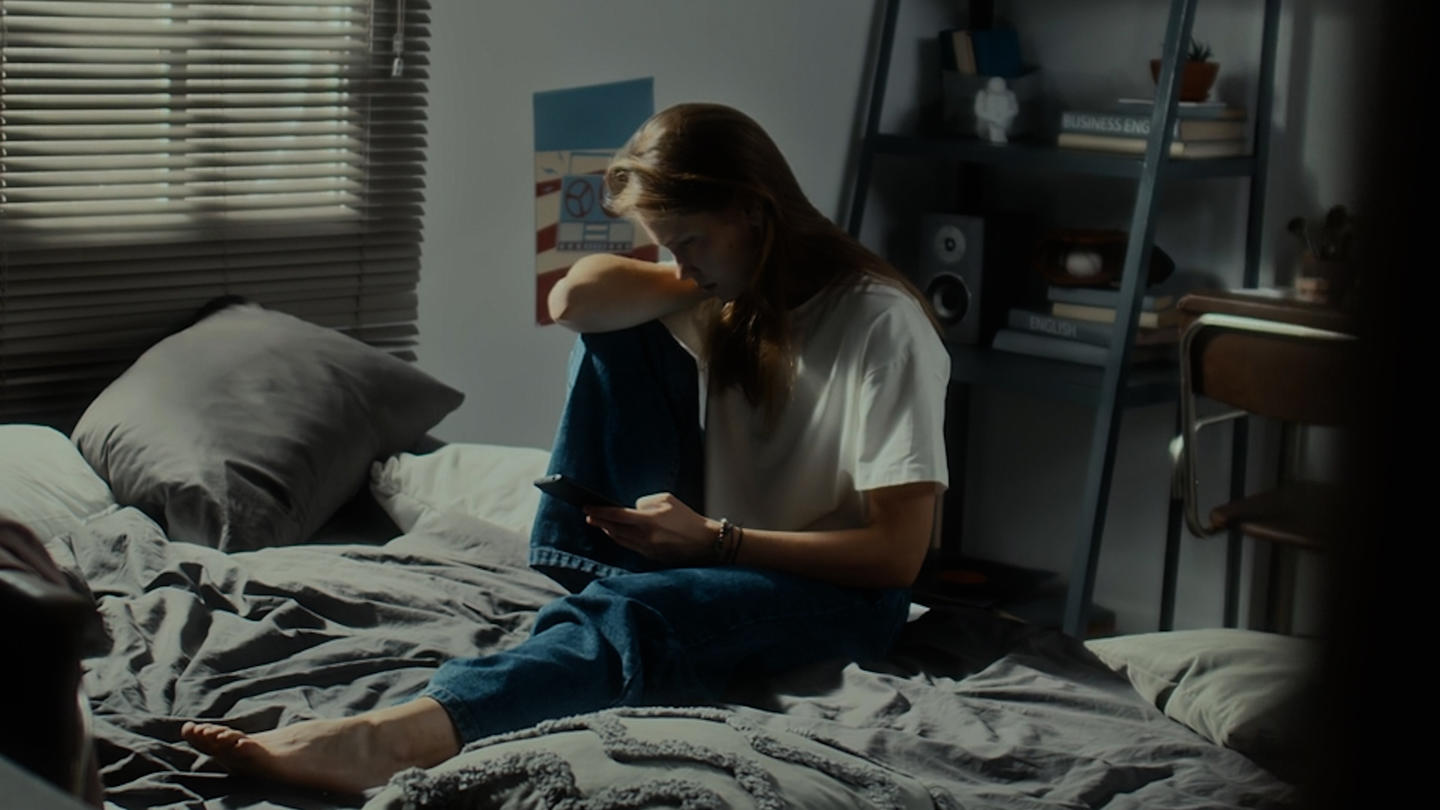It’s no secret that there is a mental health crisis in the United States.
The problem is stark and worsening, especially among young adults and teens. According to the CDC, the percentage of high school students who experience persistent feelings of sadness or hopelessness was 28% in 2011. By 2021, it had climbed to 42%. Suicide is the third leading cause of death for ages 15 to 19, and rates of mental illness among 18- to 25-year-olds have grown from 18% in 2009 to over 29% in 2019. Overall, 1 in 5 Americans suffer from mental health issues, and 1 in 3 live in areas with a shortage of mental health professionals.
“For every single therapist in the United States, there are 350 people looking for that type of support,” said Dr. Trina Clayeux, CEO of Give an Hour, a national nonprofit working to make mental health care more readily available.
So why do we have such a deficit of therapists?
The Knee Center for Regulatory Research recently analyzed licensing requirements for mental health professionals across all 50 states. Burdensome requirements make it difficult for new therapists to join the workforce. For example, on average, a prospective therapist or clinical social worker must accrue 3,032 supervised practice hours to qualify for a license.
In the meantime, millions of Americans aren’t getting care. This is true whether they’re in crisis, have a chronic mental health condition, or need a short term solution. Everyone with a mental health issue is waiting in line for the same scarce, costly solution — clinical care.
“Yes, there is a mental health professional shortage,” said Talli Dolge, mental health strategic advisor for Stand Together. “But where are we meeting people right now?”
Here’s another thing to consider: Therapy and clinical care are reactionary solutions. People don’t seek them until the problem becomes critical. “We have seen a noticeable shift,” said Clayeux. “People want to prioritize their mental wellnes but just don't know how to. It’s not just about needing help in times of crisis, it’s about living a happy, healthy life.”
“We need more solutions on the table,” said Tom Romeo, director of health care at Stand Together.
For the last 18 months, Romeo and Dolge have been working with Give an Hour, The Phoenix, and other innovative nonprofit organizations to reframe mental health and develop strategies that complement clinical care. Although these 12 organizations approach mental health from different angles, the cohort has discovered some common threads. We all need connection, we all need to feel like we belong, and we all need meaning in our daily lives. They’re working together to find ways to restore these essential elements of good mental health — solutions include things like peer support, mentorship, community involvement, group fitness, and more meaningful connection.
Perhaps our views on mental health have been overly clinical from the beginning.
Imagine if 10 years from now, we could look back and say that mental health has improved because we learned to create more connection and meaning in people’s lives.
Yes, we need mental health professionals, but that’s not all
“Mental health is something every person deals with,” said Romeo. “It’s not about just dealing with a deficit, but a way to unlock your ability to thrive.”
He is particularly struck by the Surgeon General’s warning last year that America is experiencing a loneliness epidemic.
“The clinical system isn’t necessarily best positioned to address that,” he said.
Visiting a physician, going to the pharmacy, and starting medication for depression or anxiety have become common approaches to the chronic stress caused by loneliness. However, these clinical solutions risk masking the underlying loneliness.
“What if we were to look at things a little differently?” said Dolge. “Like, how does connection matter in mental health and daily life?”
Diminished connection impacts mental health because mood-regulating neurotransmitters respond to behavior and human interaction. Exercise boosts dopamine, touch and eye contact release oxytocin, and sunlight stimulates serotonin. Healthy relationships increase all three. Insufficient human interaction can lower these levels, causing depression, anxiety, and loneliness.
Medication and therapy are necessary for many, but some depressive episodes might signal a lack of connection with family, friends, or community — a problem medication alone won’t solve.
“You risk masking the underlying problem,” Romeo said. “Just blanketing all mental health issues as chemical imbalances leads to tinkering with medications instead of addressing what might be off in your life.”
Addressing mental health without restoring connection may be why treating these issues has been so challenging.
“Social health issues are upstream of many individual mental wellness considerations,” said Romeo. “We see the social causes having implications for our biology as the primary root cause [of the crisis] we’re seeing.”
“We’re not just in a mental health crisis,” said Clayeux. “We’re in a human connection crisis.”
Sign up for the Stand Together newsletter and get stories, ideas, and advice from changemakers to help you tackle America’s biggest problems.
‘It’s about who we are in our recovery’
Scott Strode has felt both the pain of loneliness and the power of belonging. His addiction-to-recovery story began with feeling like he didn’t belong due to early childhood trauma.
“I was trying to fill some self-esteem wounds and numb that pain by drinking and drugging,” he said. His substance use worked as a coping mechanism for only so long and ultimately took him to a dark, lonely place.
The turning point came when he joined a boxing gym where he found himself surrounded by people who believed in him more than he did.
“For me, getting into the boxing gym was really transformational because the coaches believed in me, even if I didn’t yet believe in myself,” he said. “Once I started to hold that belief, that helped me start to heal from my addiction.”
Strode is now the executive director and co-founder of The Phoenix, a sober active community that helps people overcome addiction via physical fitness and community — the two things that changed his own trajectory.
“Earlier in my recovery journey, I started getting into all these things, into climbing and triathlon,” he said. “I didn’t know it at the time, but I was actually finding new identity. Every time I crossed a finish line or stood on top of a mountain, I was actually a little more a climber than an addict.”
As the movement has grown, participants are expanding opportunities to socialize in a sober community beyond the gym to include sober karaoke, bowling nights, laser tag, meditation practice, and healing through art.
The organization partners with other nonprofits to better understand why mental health issues, including substance use, are spiraling out of control. From Strode’s perspective, it has a lot to do with how we define the problem.
A person in the midst of addiction or even in recovery feels they are society’s problem. They believe they’re broken and need fixing. This stigma can be reinforced in the clinical model where one-on-one therapy and medication dominate.
“Too often, we look at people who are struggling as the problem,” Strode said. “The truth is, within them is already the solution. We just have to create the space for it to come out.”
The Phoenix fosters a community where struggles with addiction are openly discussed, turning each member’s painful past into their superpower as they help others on similar paths. Connection happens as participants conquer physical challenges together.
Relapse rates after three months in conventional treatment are 40-60%. But in The Phoenix community, that number drops to 17%.
“It’s really not about who we were in our addiction,” Strode said. “It’s about who we are in our recovery. We as humans, all of us, whether you struggle with addiction or not, are trying to figure out how to connect somewhere where we feel accepted and loved. Imagine if as a society, we could help give that to each other. It sounds like a lofty goal, but I don’t think it is.”
How to improve mental health in 7 minutes
Dr. Clayeux used to believe more therapists were the answer to the mental health crisis. Give an Hour began as a way for mental health professionals to volunteer their services.
“We poured into our therapists and professionals to say, ‘You are the solution to the mental health crisis,’” she said. “But we realized clinical care is not the only way.” It is a solution, but not the only solution.
Now the nonprofit is broadening the definition of mental health care by training ordinary people to be mental health advocates in their communities. It empowers trauma victims to help others facing similar struggles. Survivors of mass violence learn how to help more recent survivors. Victims of financial fraud cope with the emotional toll with help from others who’ve been through it. And people dealing with their own or a loved one’s rare disease can find 1:1 and group peer support.
“We realized everyone can be part of the solution,” Clayeux said. “The focus moving forward is on how to empower community-based health care, just as we did with access to clinical care when we were founded back in 2005.”
This isn’t a watered down substitute for clinical care. “Human connection is the solution,” she said. “If we can get people more comfortable with connecting in small moments, we would have less people feeling sad and lonely and discouraged.”
Clayeux and other nonprofit leaders have been testing a framework that teaches people to connect about life challenges in conversations that last less than 10 minutes.
It starts with noticing something is off in the other person and asking them about it in an inviting, curious way: “I noticed that you seem kind of agitated today. I’d love to ask you a little bit more about what’s going on.”
If they say they’re fine, it can be tempting to stop there, but Clayeux said that’s a missed opportunity.
“You gently persist over that to help someone when you know they’re not as fine as they present,” she explained. “You could say, ‘Actually, you don’t look as fine as you might think.’” Consistent, gentle persuasion will usually open a person up.
During difficult conversations, we tend to fixate on how uncomfortable we feel, but this discomfort gets in the way of connection.
“The biggest question we get is ‘How do I say it?’” Clayeux said, “This is not about the words. Rather than trying to solve or advise or any of the other things we try to do in these uncomfortable moments, it’s more important to just lean into how the other person is feeling and surround them with the sense that you’re paying attention and you care.”
She explained that it’s OK to clarify your role in the conversation: “Do you just want to vent or do you want me to help solve a problem with you? I want to know so I know how to listen.”
Affirmation and empathy deepen the connection: “It sounds like this has been a painful experience for you.” If appropriate, you can offer help or resources, but even if the problem isn’t resolved, the interaction itself has an impact.
Research suggests these conversations don’t have to be long to significantly improve mental health. Clayeux encourages people to aim for about seven minutes.
Can better connection fill the gaps in mental health care? Clayeux thinks so. She believes human connection is crucial for addressing mental health issues.
“Connection is the salve to the problems that we’re having with mental health,” she said. “When you feel alone, when you feel isolated or misunderstood, it really is a burden. There’s something about a shared moment with someone that also shares that burden. Then we think of the reciprocity of it — it’s not just alleviating how the other person feels. There’s something really magical and impactful about how it makes you feel to show up for someone.”
“If you just drive straight through human connection and go right into solution, you miss these incredible opportunities to bond with people and connect with them.”
***
The Phoenix and Give an Hour are supported by Stand Together Foundation, which partners with the nation’s most transformative nonprofits to break the cycle of poverty.
Learn more about Stand Together’s health care efforts and explore ways you can partner with us.
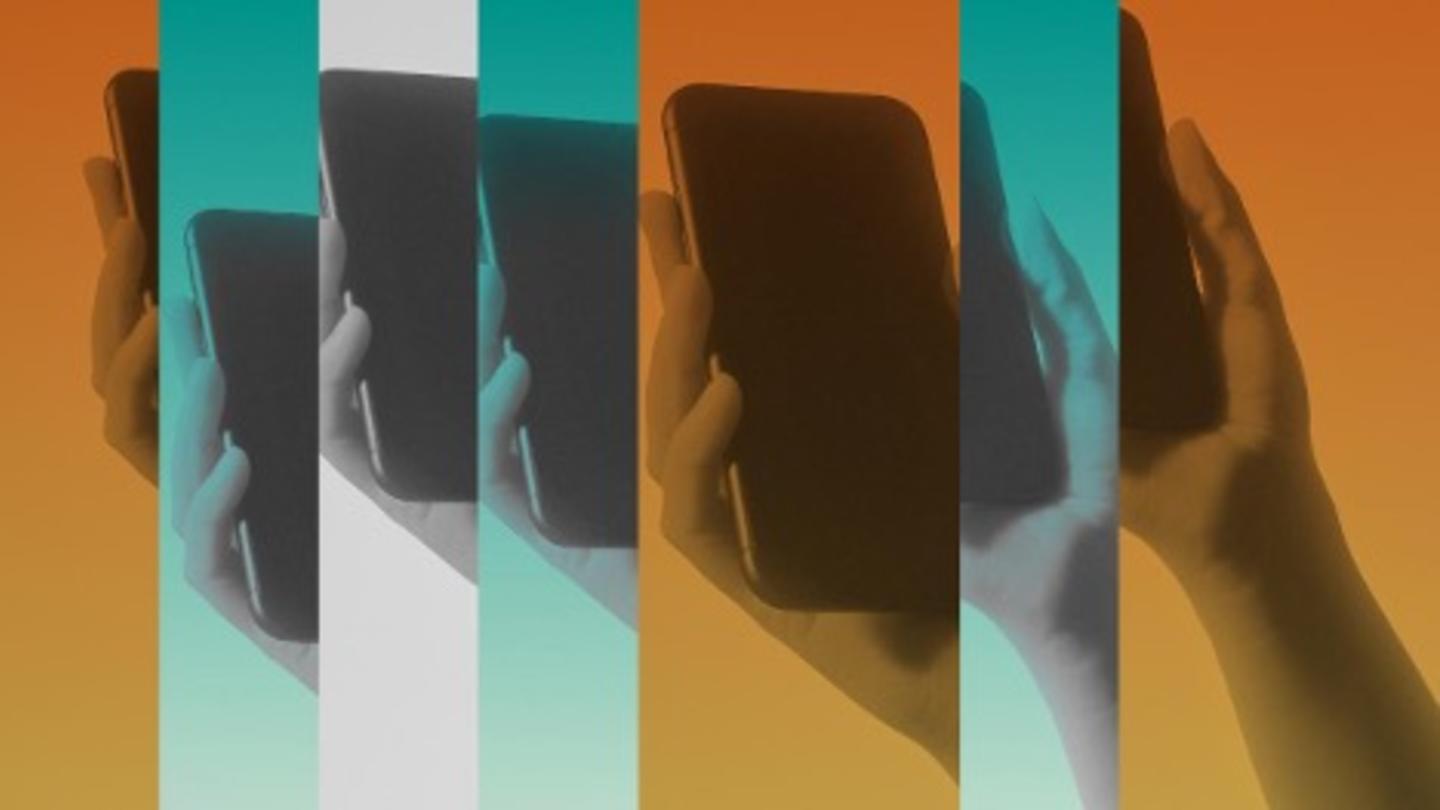
What if the key to improving Gen Z’s mental health lies in leveraging AI?
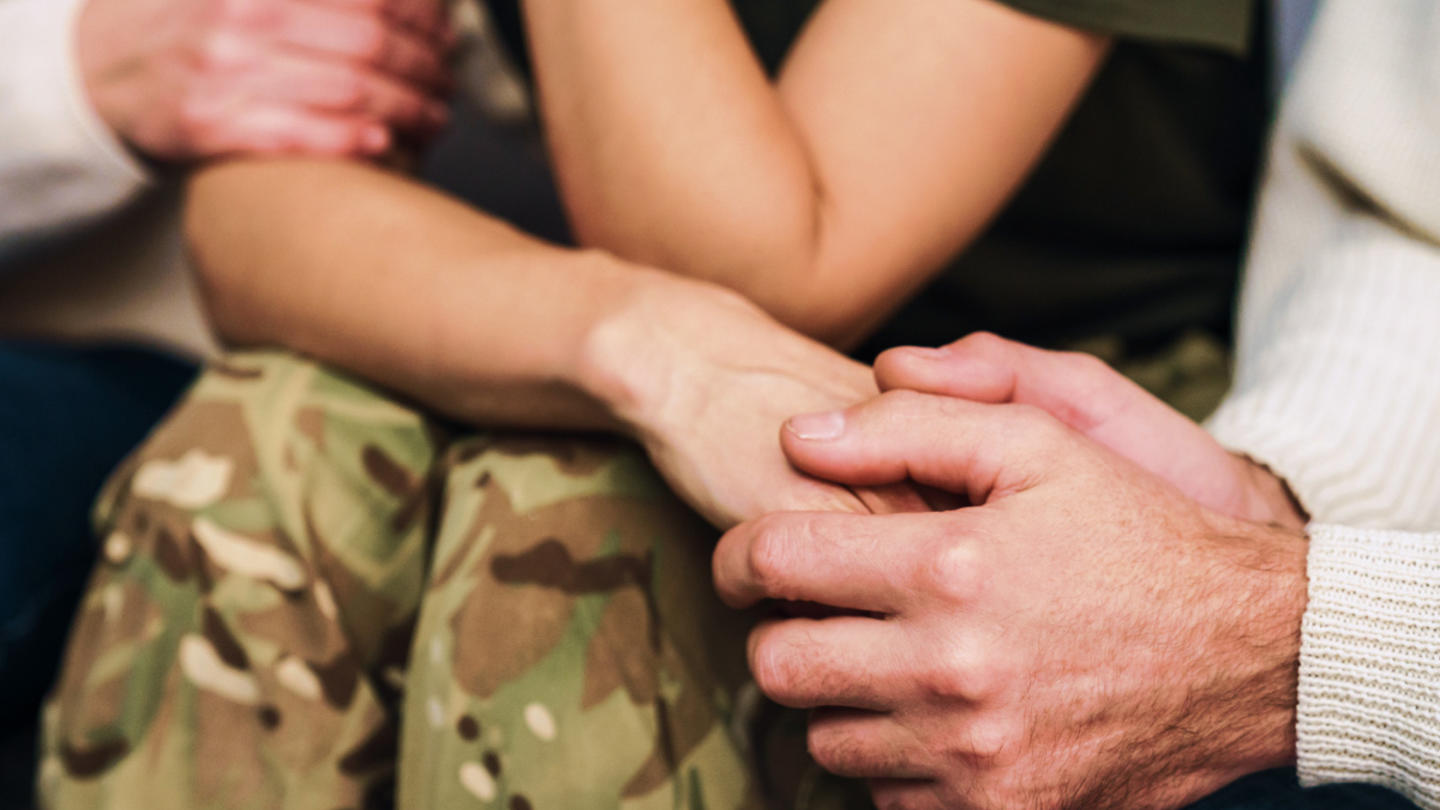
Peer support may be the key to transforming mental health care. So far, it’s working for millions.
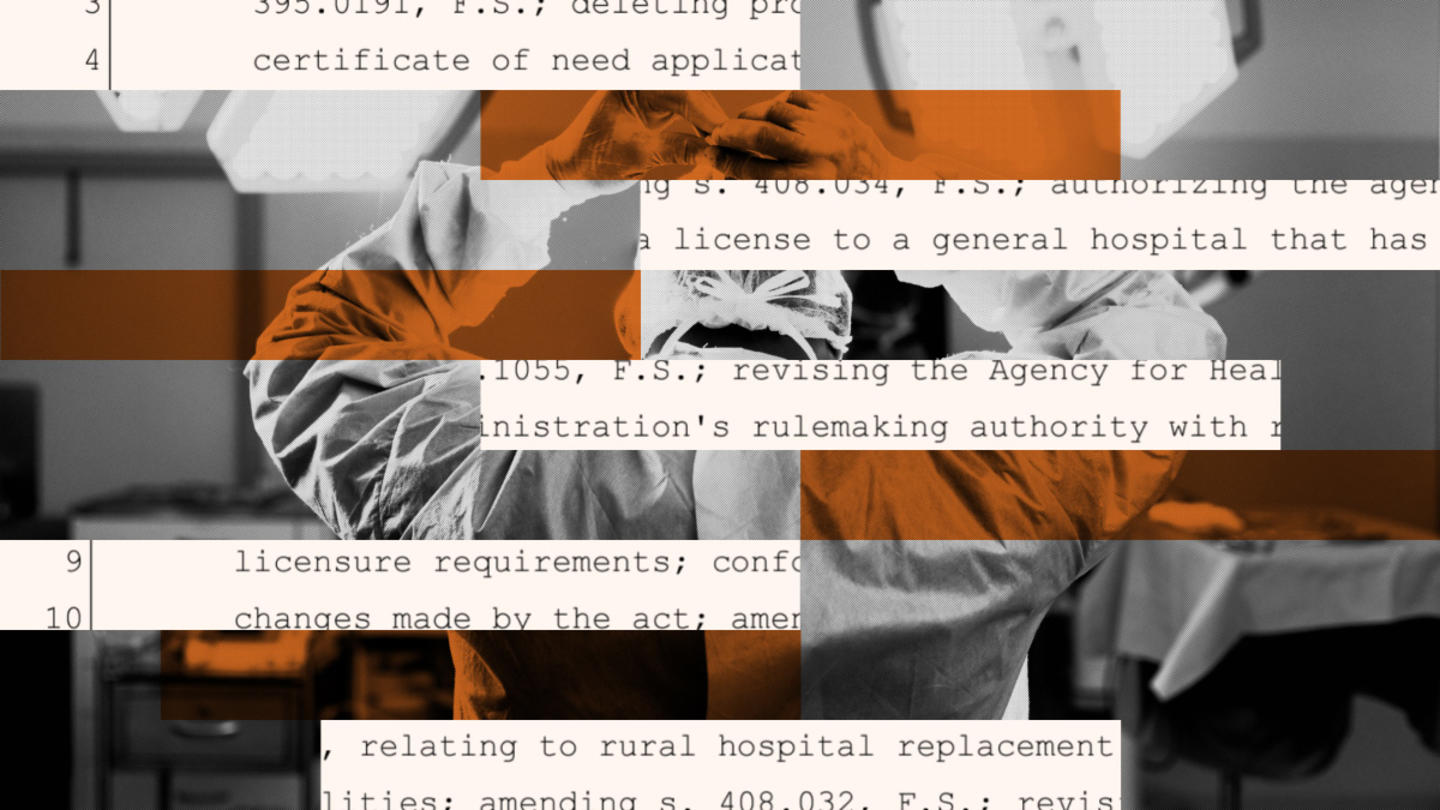
States with CON laws have higher prices, fewer medical facilities, and inferior patient outcomes.
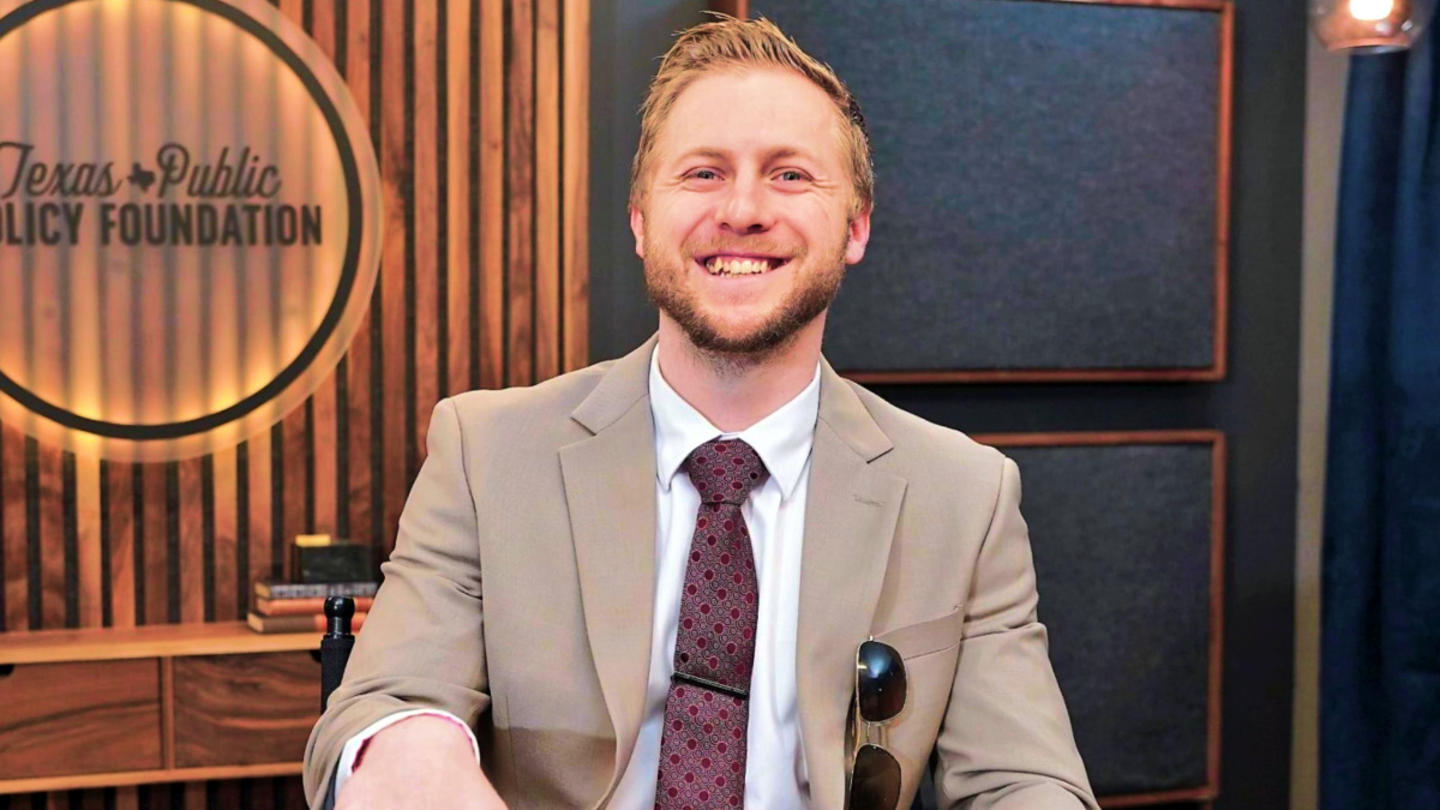
Tanner Aliff is a policy and health expert transforming America's health care system. Here's how.
